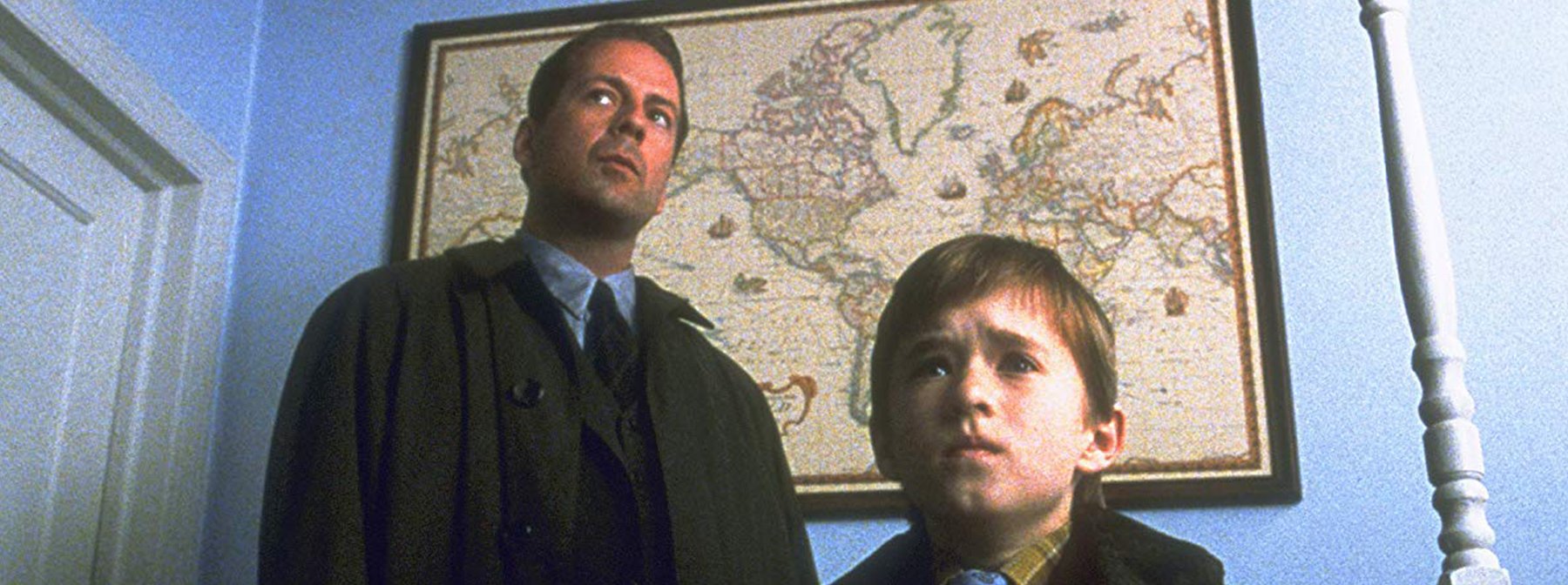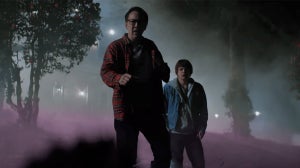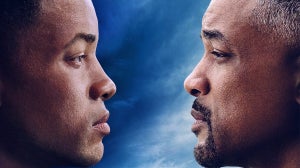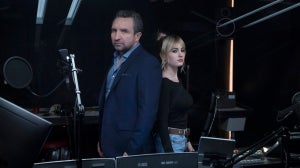
Like its main character Cole Sear, there’s something special about The Sixth Sense.
No, the film can’t see dead people, it would be weird if a movie could see ghosts. The Sixth Sense is instead special because it’s M. Night Shyamalan’s best film.
Why? Well The Sixth Sense magnificently combines the key features of an English ghost story, as identified by author and scholar M.R. James, with Hollywood’s classic tricks of the trade.
The result is a suitably spooky, twisty and compelling film, that on first watch is a mystery movie, but on repeat viewings becomes a fascinating look into the way we, the audience, perceive film in general.
More importantly it’s undeniably better than the rest of Shyamalan’s work for reasons that will soon become clear.
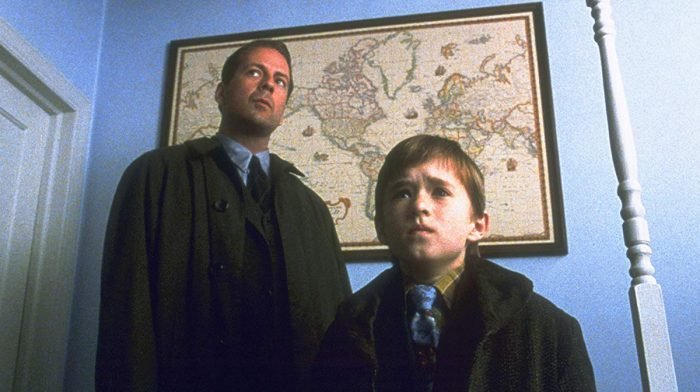
If you haven’t seen it, The Sixth Sense tells the story of Cole Sear, played by the incredibly talented Haley Joel Osment, a troubled boy who seems to be struggling with his parents' divorce.
Enter Bruce Willis ‐ playing against type ‐ as child psychologist Doctor Malcolm Crowe, who hopes that helping Cole will help him heal a growing rift with his wife.
It soon becomes clear to Malcolm that Cole’s problems go beyond anything he’s encountered before when the young boy makes his iconic confession, that he sees dead people.
Over time Malcolm helps Cole realise that his ability to see the dead is a gift not a curse, and the boy starts to help the dead move on to the afterlife.
But wait, there’s one final twist! You see it turns out that Malcolm was a ghost all along, and his therapy sessions with Cole have been his way coming to terms with his death.
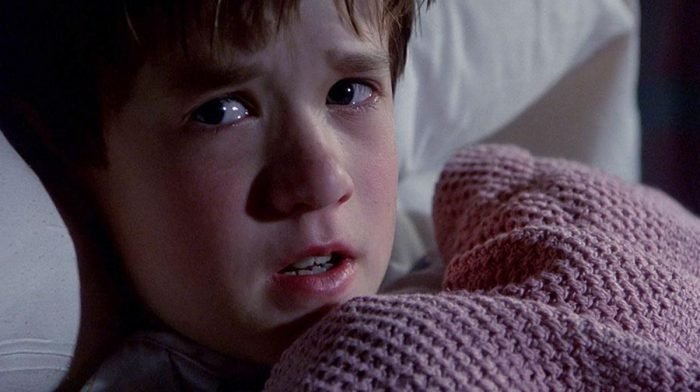
On first watch The Sixth Sense is a magnificent horror film which deftly balances twists, scares and character beats.
The scares, like all good ghost stories, aren’t too over the top, and are more unsettling than out-and-out horrifying.
Shyamalan shows restraint with his ghosts with set pieces seemingly inspired from classic ghost films like Poltergeist, The Changeling, and even The Ring.
Like Spielberg, who he was compared to following the film’s release, Shyamalan clearly understood that less is more when it comes to cinematic monsters.
As such, it’s the ghost of the slave locked in the cupboard who we never see who’s perhaps the film’s most terrifying spectre. After all, what you imagine is far worse than anything than can be put on screen.
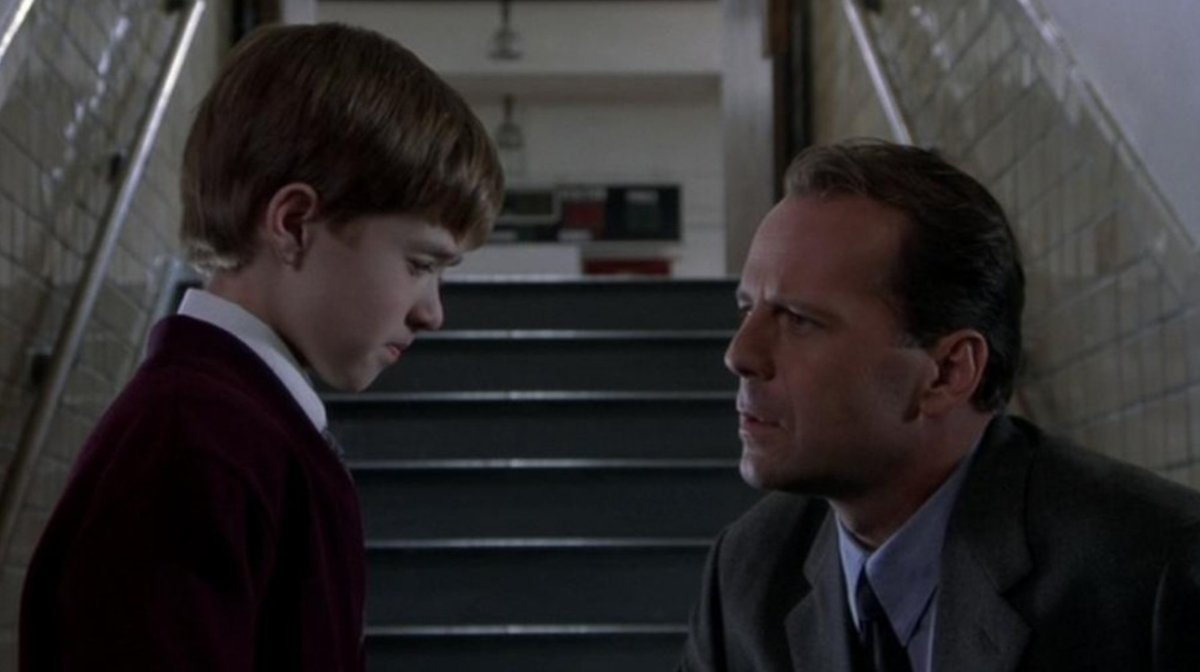
Also key to the film’s success are its two central leads - Osment and Willis who were both at the height of their acting powers on the film’s release.
Osment gives an engaging and vulnerable performance, bestowing Cole with a wonderfully otherworldly presence that makes him seem wise beyond his years.
It’s this wisdom that grounds the character and helps you take his claims of the paranormal seriously, but it’s the character's vulnerability – he is a child after all – that really helps you connect with Cole.
You so desperately want Malcolm to help Cole because you empathise with Osment’s performance.
Meanwhile Willis, who at the time primarily starred in action or comedy films, plays against type giving Malcolm a gentle and empathetic weariness.
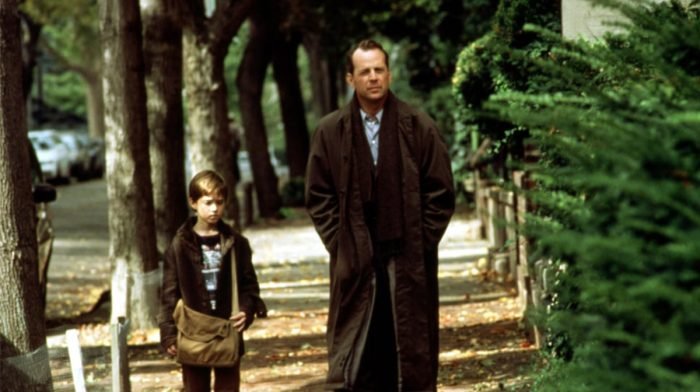
The audience can relate to Malcolm in many ways because his problems, on first glance, are grounded in real life; his marriage is falling apart because of mistakes he made in his past.
By making Malcolm as gentle and empathetic as he does, we understand why Cole chooses to confide in a man who is, don’t forget, some random ghost who thinks he’s still a doctor. It also helps us to sympathise with Malcolm and sell that final twist at the end.
Shyamalan’s script and visuals are both fantastically crafted to work on both the first and second watch. When you first see The Sixth Sense it’s a scary and compelling story with a cool twist that knocks the wind out of you.
It’s almost a shame that the film has become so notorious for its twist because even without it, it’s a tight movie that works brilliantly.
On second viewing however The Sixth Sense is elevated to a completely different level. and like Cole you see things you didn’t before.
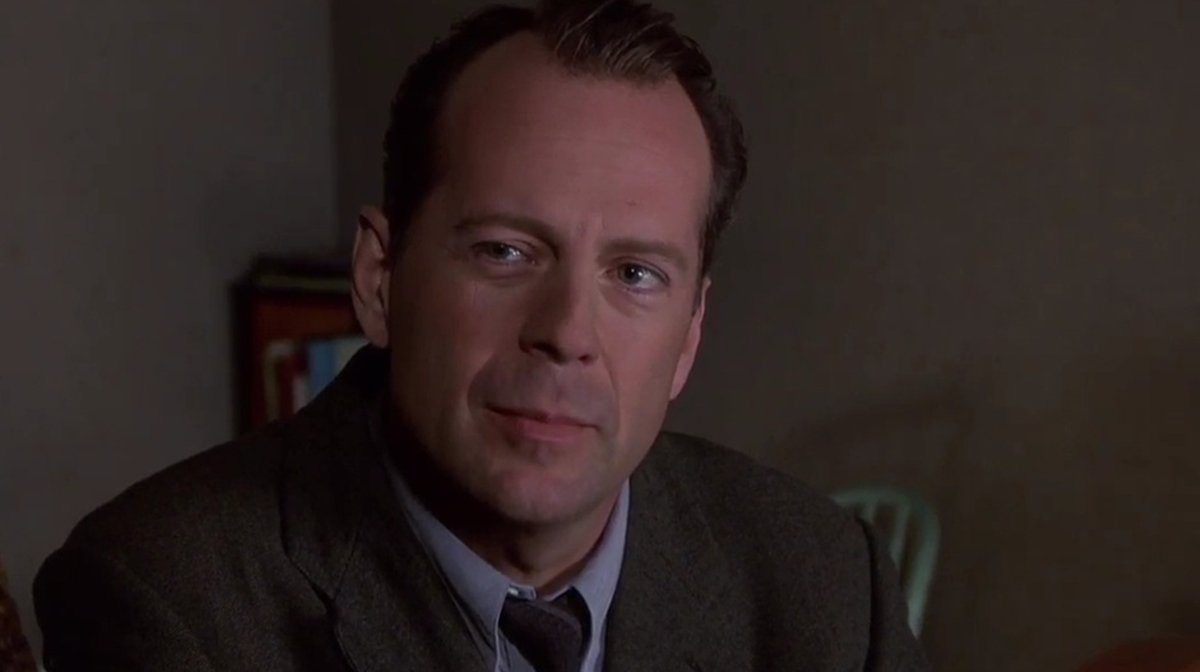
From cleverly seeded lines of dialogue, visual cues, and subtle cinematography, it becomes impossible not to notice all the clues about Bruce Willis’ true identity.
Most notably during Cole’s admission he can see dead people, the camera literally cuts to Malcolm and slowly zooms in on him, signposting from the very beginning he’s a ghost.
In fact the zoom on Willis is so obvious producers on the film reportedly wanted to cut it, worried that it gave the twist away too soon.
The visuals also become more obvious on a second viewing. Most notably the colour red which can be seen whenever the ghosts are about to appear.
But all this aside, what is it that makes The Sixth Sense M. Night Shyamalan's best film? Well it’s the way the film’s become ingrained in pop culture.
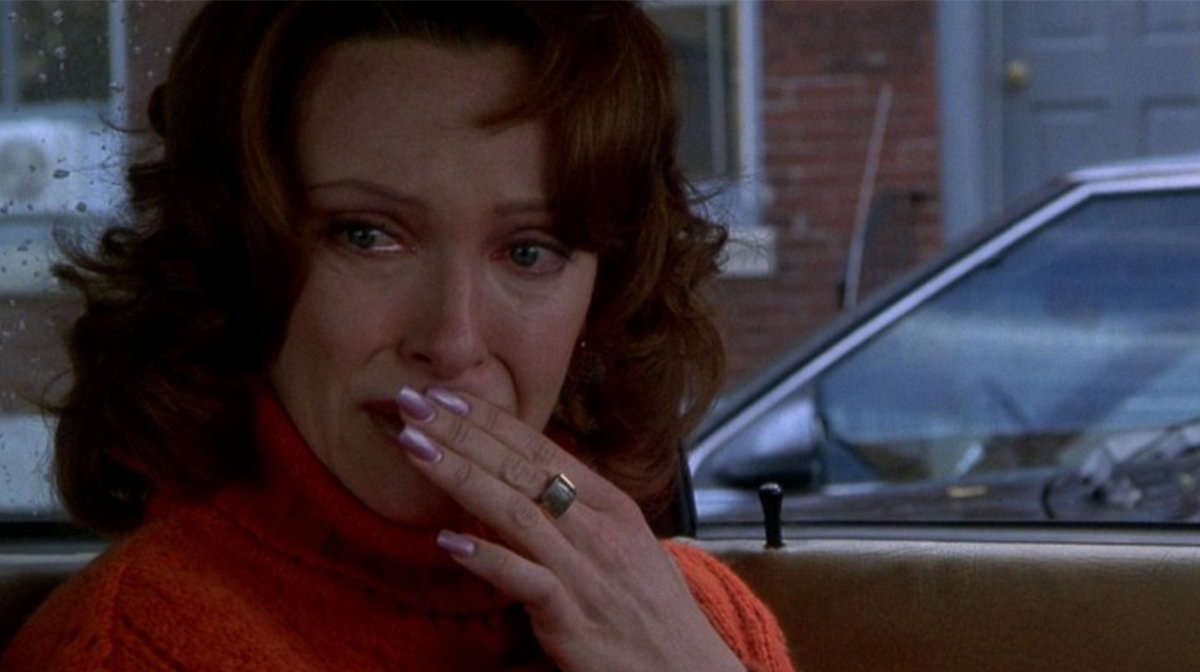
No other film of Shyalaman’s has ever sent such ripples through the public consciousness, and none of his films since has had anywhere as big an impact.
Everyone knows that Cole Sear can see ghosts, and that Bruce Willis was dead all along. Can the same be said of other M. Night creations? I don’t think so.
That’s why The Sixth Sense is so good. It’s stayed with us, like a spirit after death it lingered, and made the hairs on the back of our necks stand on end when we’re alone.
Are you a fan of The Sixth Sense? Let us know on social media.
For all things pop culture and the latest news, follow us on Instagram, Twitter, Facebook and TikTok.

